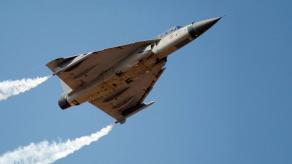Defense Express has revealed that Kyiv last week hosted a new round of talks between the Ministry of Defense and MBDA, the developer and manufacturer of the VL MICA air defense missile system.
MBDA’s VL MICA has been selected for the Ada-class corvette being built in Turkey for the Ukrainian Navy.
Read more: Ukraine’s Defense Ministry Selects Anti-Ship, Air Defense Armaments for its Future Ada-Class Corvettes
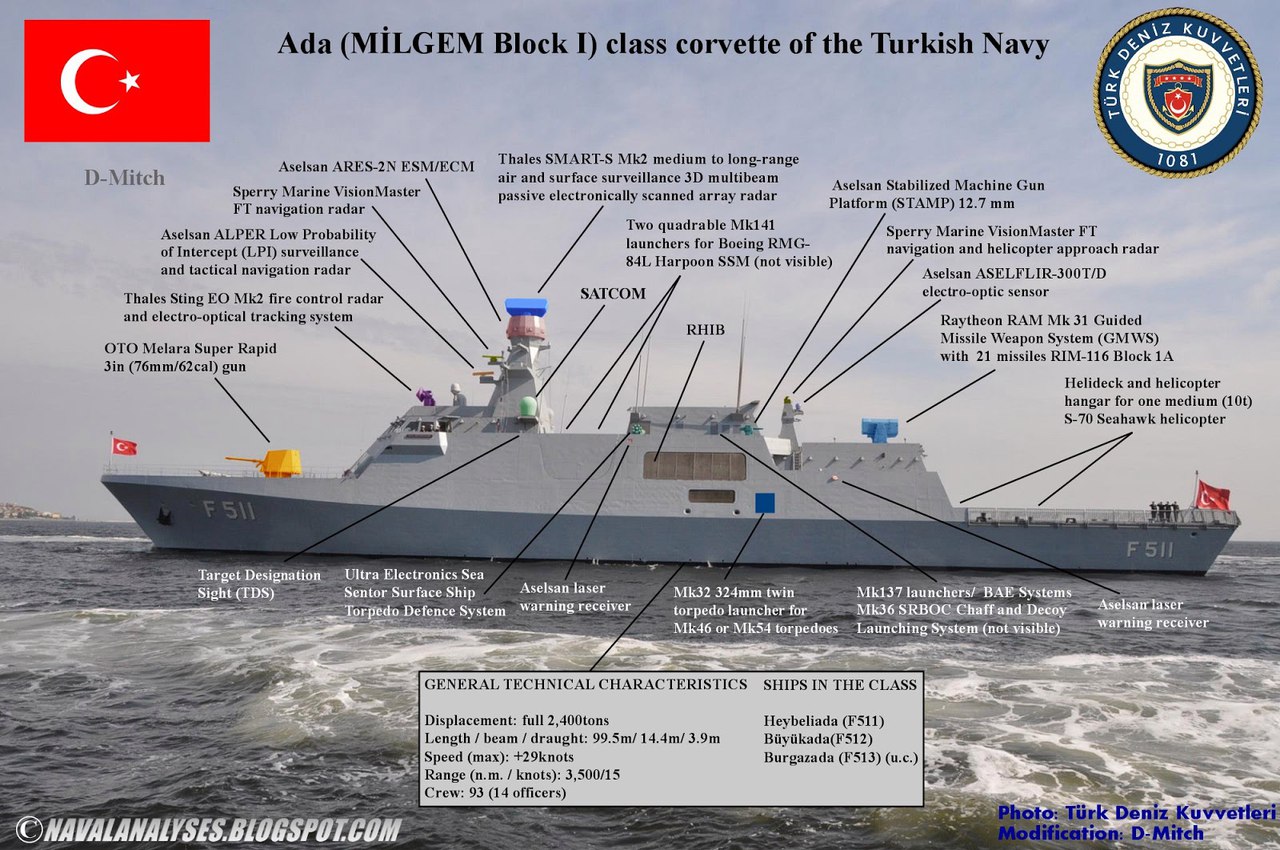
The Ministry of Defense announced earlier that “The manufacturer has confirmed it is ready to supply it to Ukraine. The missile represents a current-generation, multi-target system that is being continuously evolved and adapted for use with corvette-class warships.“
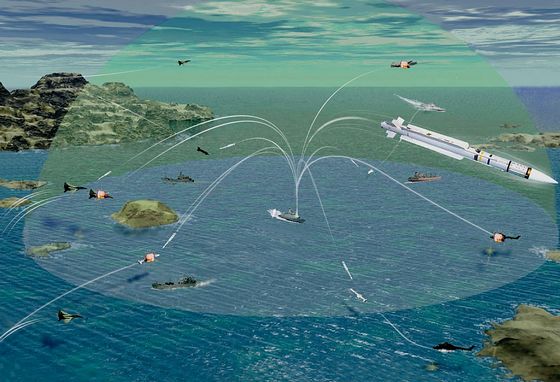
During the talks last week, the sides agreed on financial and technical details of the contract, as well as the timeframe for deliveries, which should come in aligned with the progress in construction and outfitting of the first of class and subsequent platforms.
MBDA's MICA air defense missile was specifically designed to be launched from low-displacement platforms such as corvettes and littoral frigates. MICA is currently outfitted on frigate-class ships such as Naval Group’s Gowind-Class (France), SIGMA 10514 (the Netherlands), and BAE Systems’ Khareef to name a few.
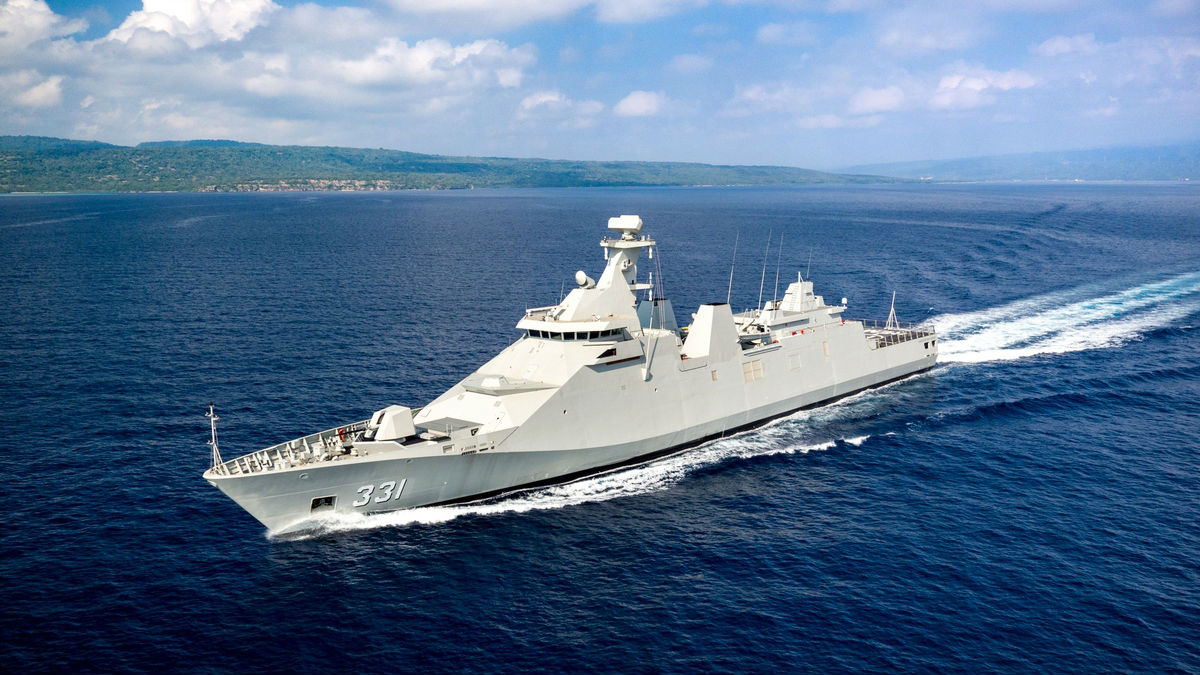
The VL MICA missile comes with a choice of infrared-homing and active radar guidance units. In its naval version, the missile can destroy targets at 20 km in range and up to 9 km in altitude. It is speedy and maneuverable enough to be able to intercept 3 Mach targets such as supersonic missiles or extremely low-skimming cruise missiles.
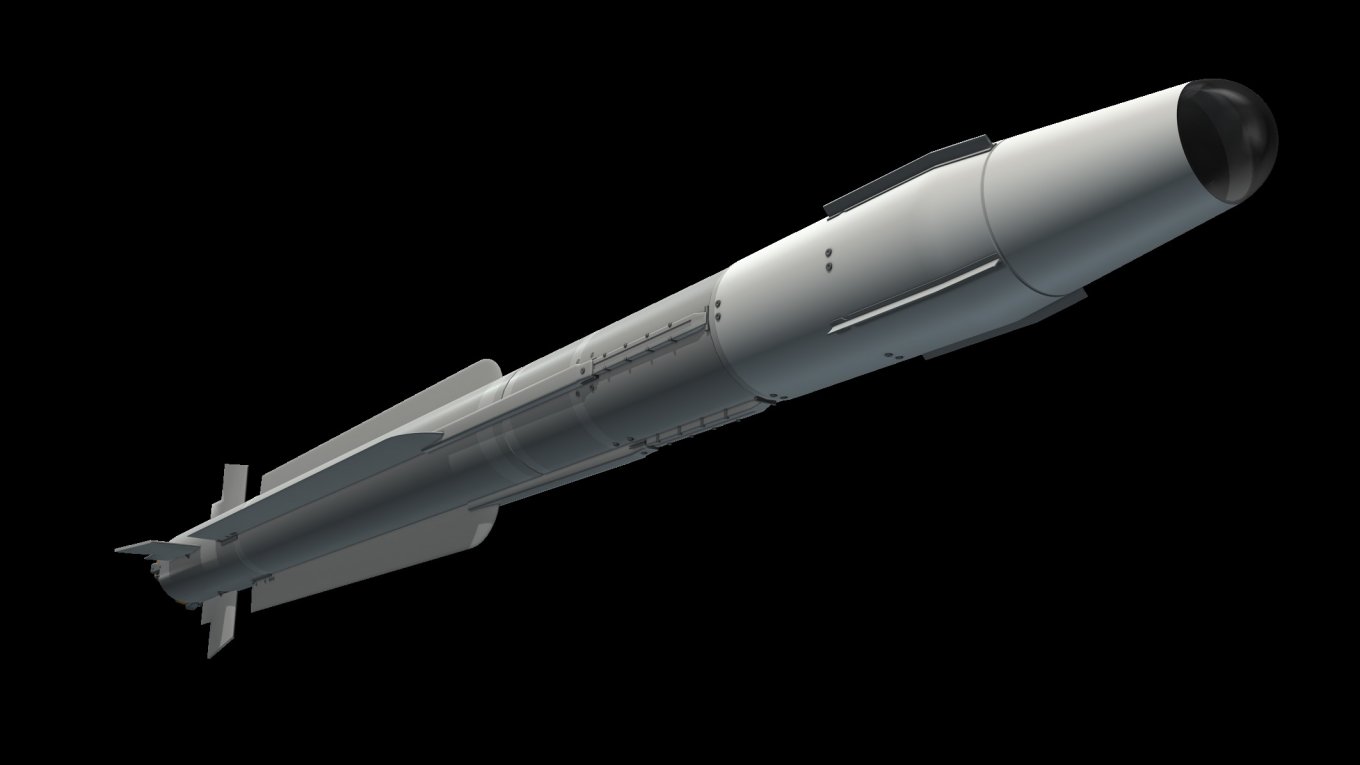
The VL MICA NG system is based on the integration into the existing VL MICA system of the MICA NG (New Generation) anti-air missile. Thanks to the technological innovations it incorporates, the new VL MICA NG system offers improved capabilities to handle atypical targets (UAVs, small aircraft) as well as future threats, characterised by increasingly low observable infrared and radio frequency signatures. Additionally, it will be able to intercept at longer distances the ‘conventional’ targets (aircraft, helicopters, cruise missiles and anti-ship missiles) already addressed by the current VL MICA system.
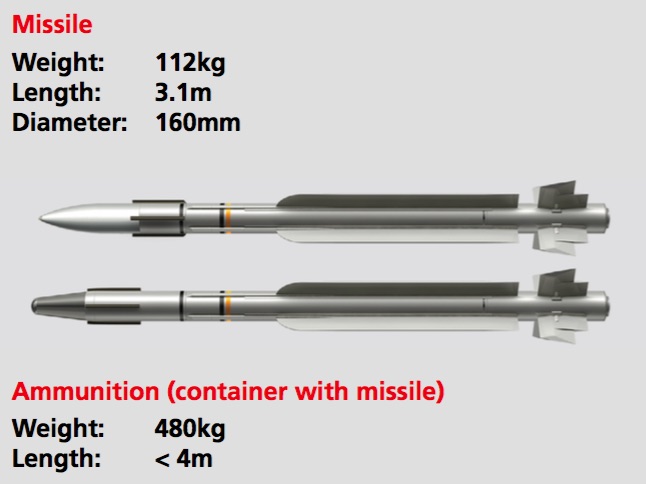
The dimensions of the MICA NG munition remain unchanged, allowing it to be integrated into existing VL MICA launchers. The existing missile data link mechanisms are compatible with the increased kinematic performance of the missiles, enabling current VL MICA systems to be upgraded to VL MICA NG standard by simple software updates.
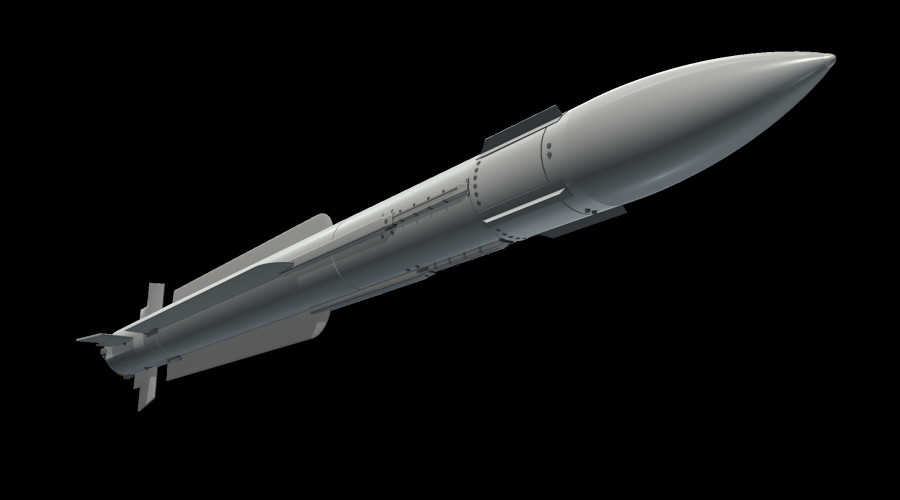
Based on an entirely new design, the MICA NG missile inherits the external dimensions and unique concept that has made the MICA anti-air missile such a success for a quarter of a century. This concept means MICA features either an infrared or a radio frequency seeker on the same common missile body, allowing the operator, at the moment of firing, to select the best option to respond to the tactics adopted by the adversary.
On the MICA NG, a new infrared seeker based on a matrix sensor will provide increased sensitivity, while a new radio frequency seeker with an active electronically scanned antenna (AESA) will allow for smart detection strategies. The lower volume of electronic components will enable the MICA NG to carry a larger load of propellant, significantly extending its range, and the new dual-pulse rocket motor will provide additional energy to the missile at the end of its flight, improving its manoeuvrability and its ability to intercept targets at long range. In surface-to-air mode, the MICA NG will be able to intercept targets over 40 km away.

The MICA NG missile will be available in series production from 2026, two years later than when Ukraine’s Navy is supposed to receive its first-of-class, ready for trials Ada corvette equipped with the full package of armaments – anti-ship, surface-to-air, and gun artillery.
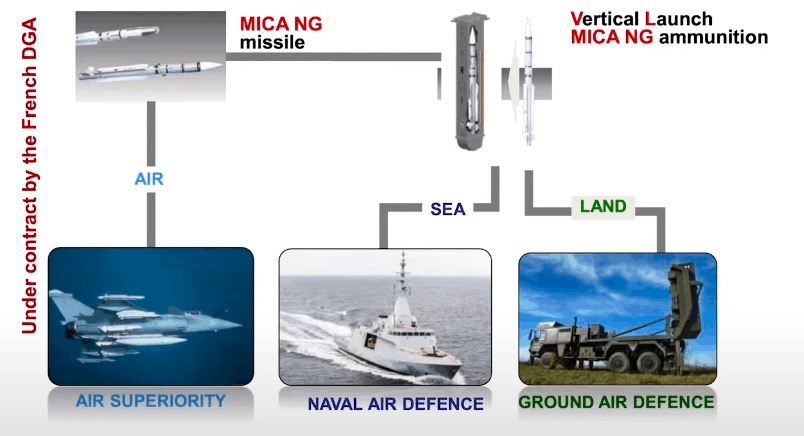
So it looks probable that the first Ada-class corvette in the Ukrainian Navy fleet will be equipped with first-generation VL MICA missiles, which will be later complemented with more advanced, second-generation VL MICA NG systems when these become available.
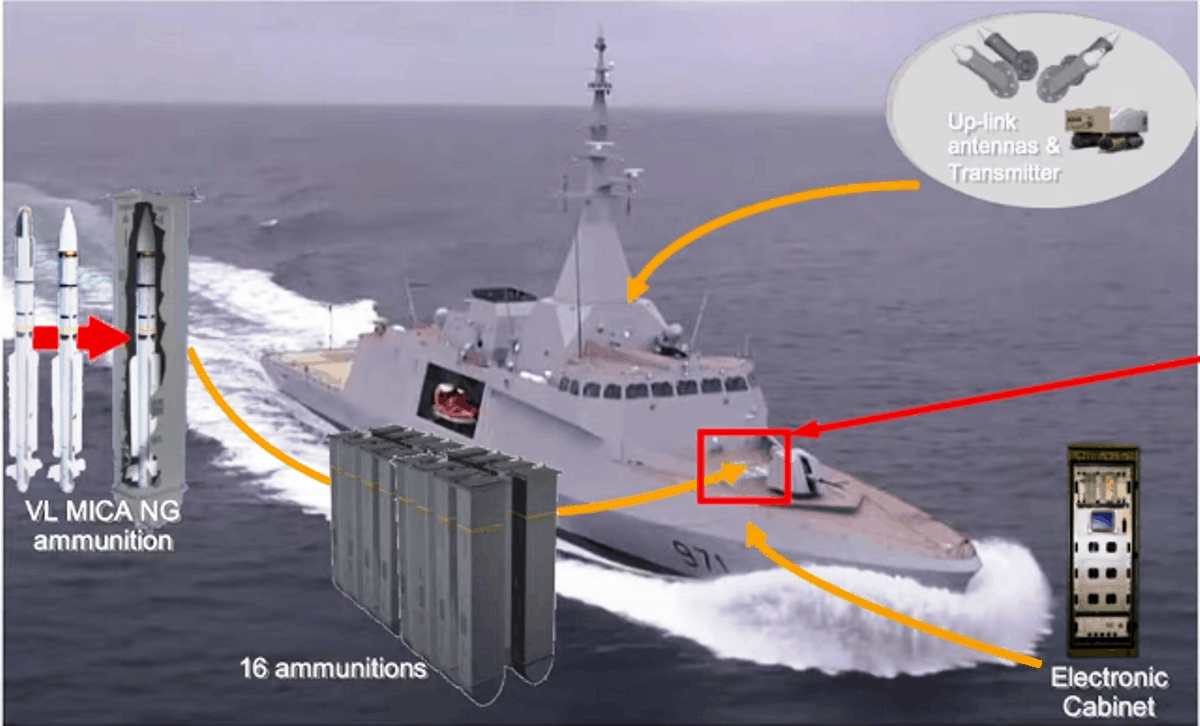
Egyptian Navy was the launch customer for MBDA’s VL MICA NG to equip its corvettes. The Egyptian Navy already equips its four Gowind class corvettes, recently procured from the French Naval Group shipyards, with systems from the VL MICA family.
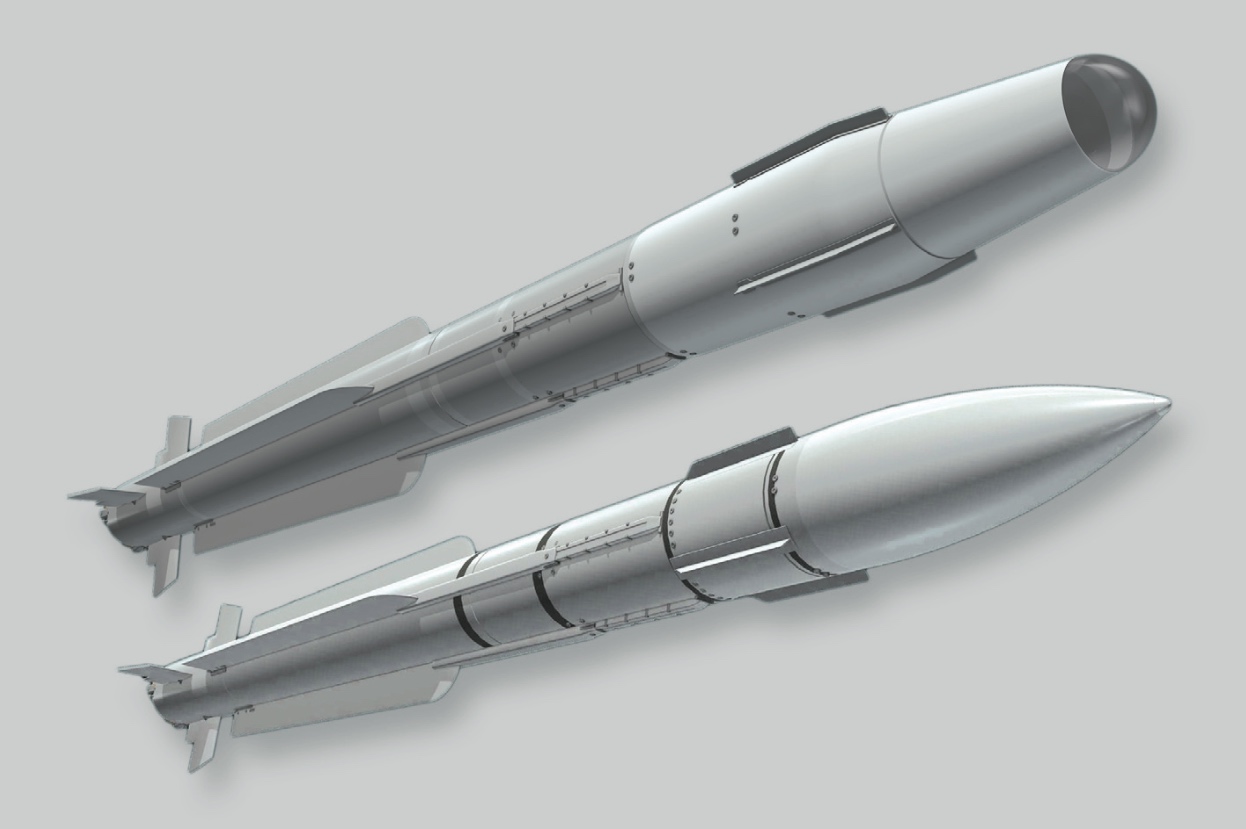
The contract is expected to be signed with MBDA before year’s end, given that part of the funds budgeted for 2021 for government defense procurements has remained unused. The value of the contract has not been revealed, but is preliminary estimated to be in the range of EUR 30-40 million. Interestingly, this coincides with the amount of funding the DKKB Luch company had been requesting from the Ministry of Defense for own SAM system development project.

At the Arms & Security 2021 Expo held in Kyiv in June, DKKB Luch unveiled full-size mockup of its new surface-to-air missile, the Coral, which it hoped would be adopted for the Navy's corvette-class warship.
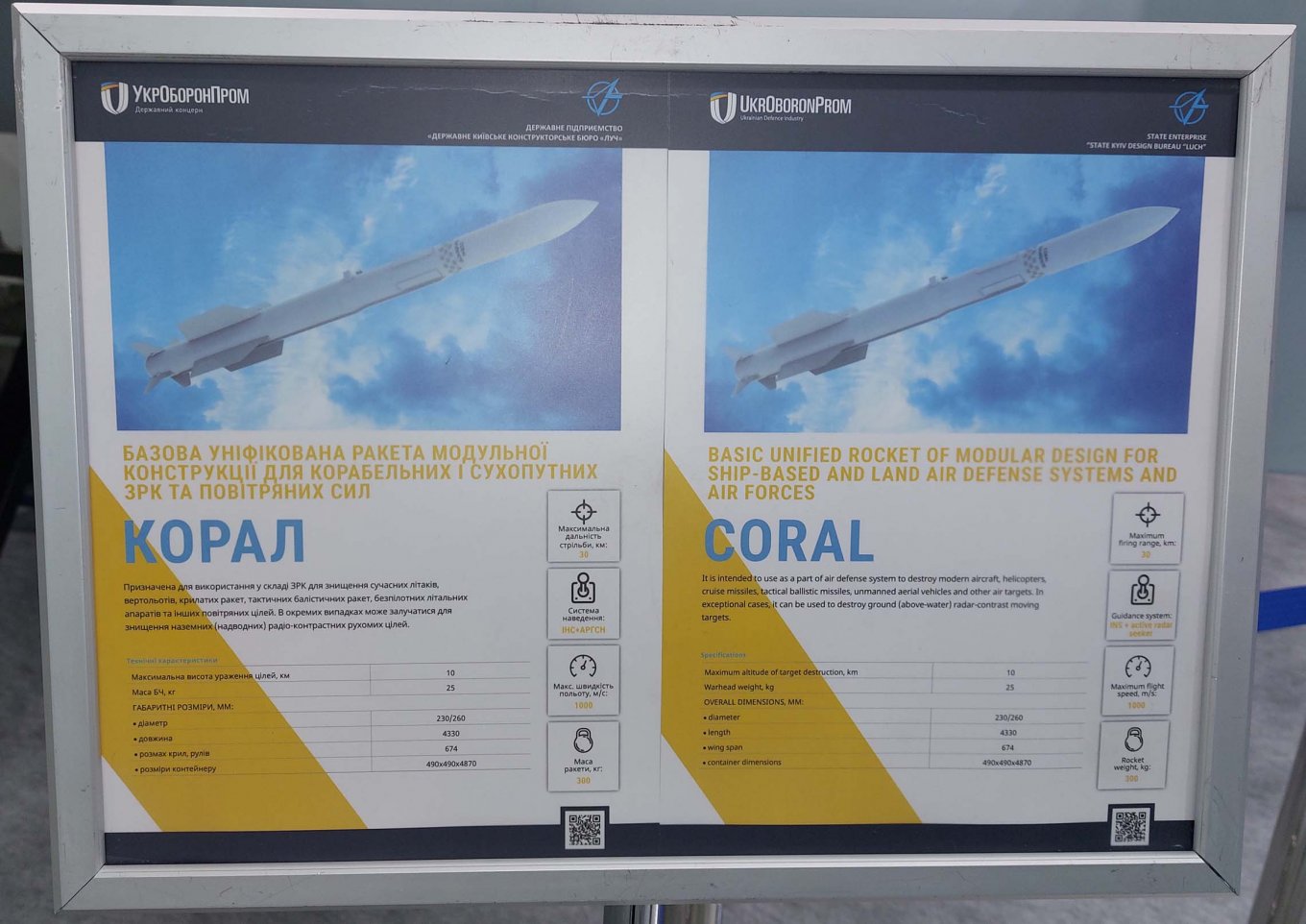
The Coral missile, it was announced, will come available with either an infrared or a radio frequency seeker on the same common missile body.
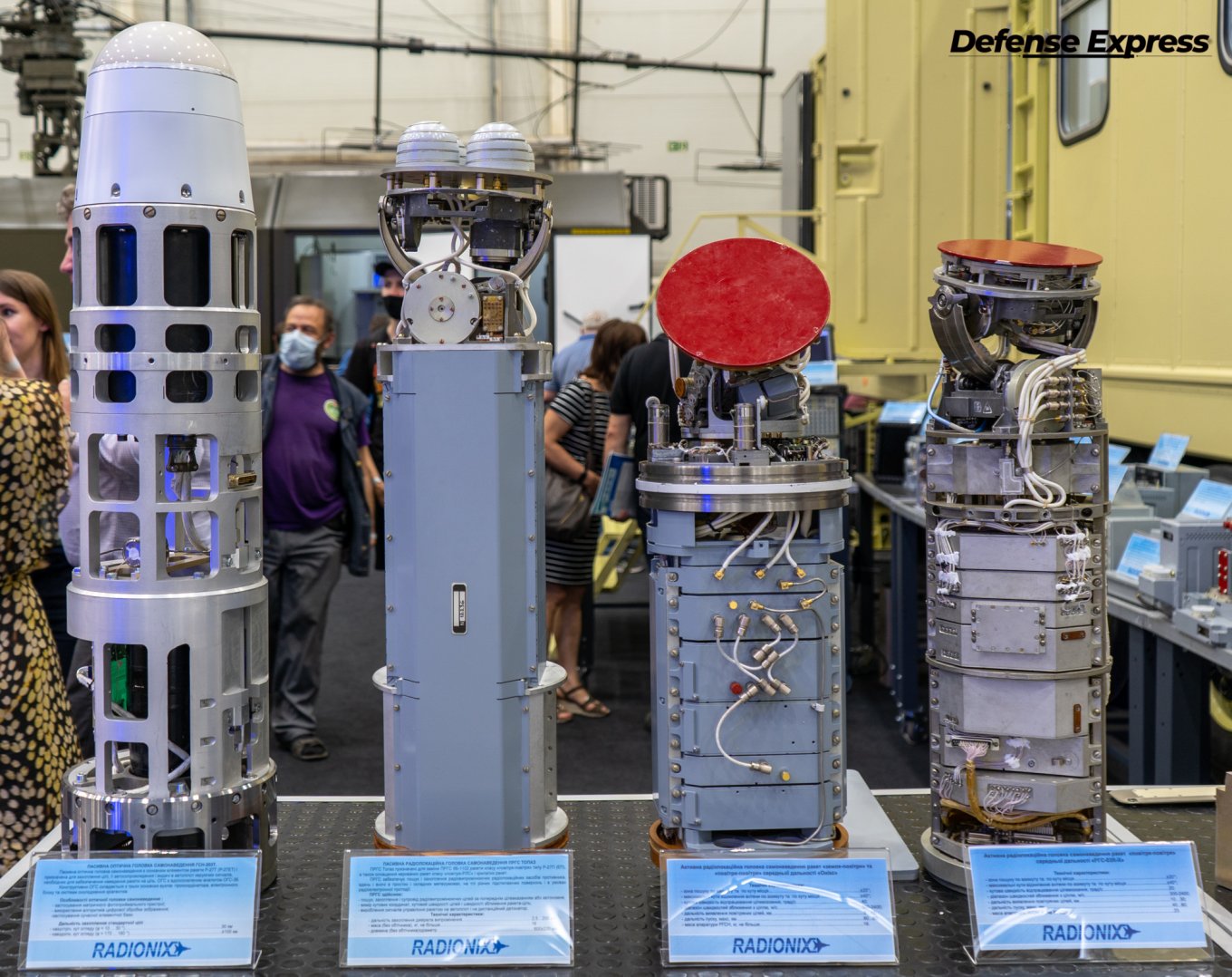
Yet the Defense Ministry has opted for the already available foreign solution, given the established timeframe for construction of Ada-class warships for the Ukrainian Navy going on in Turkey and the previously agreed armaments package.
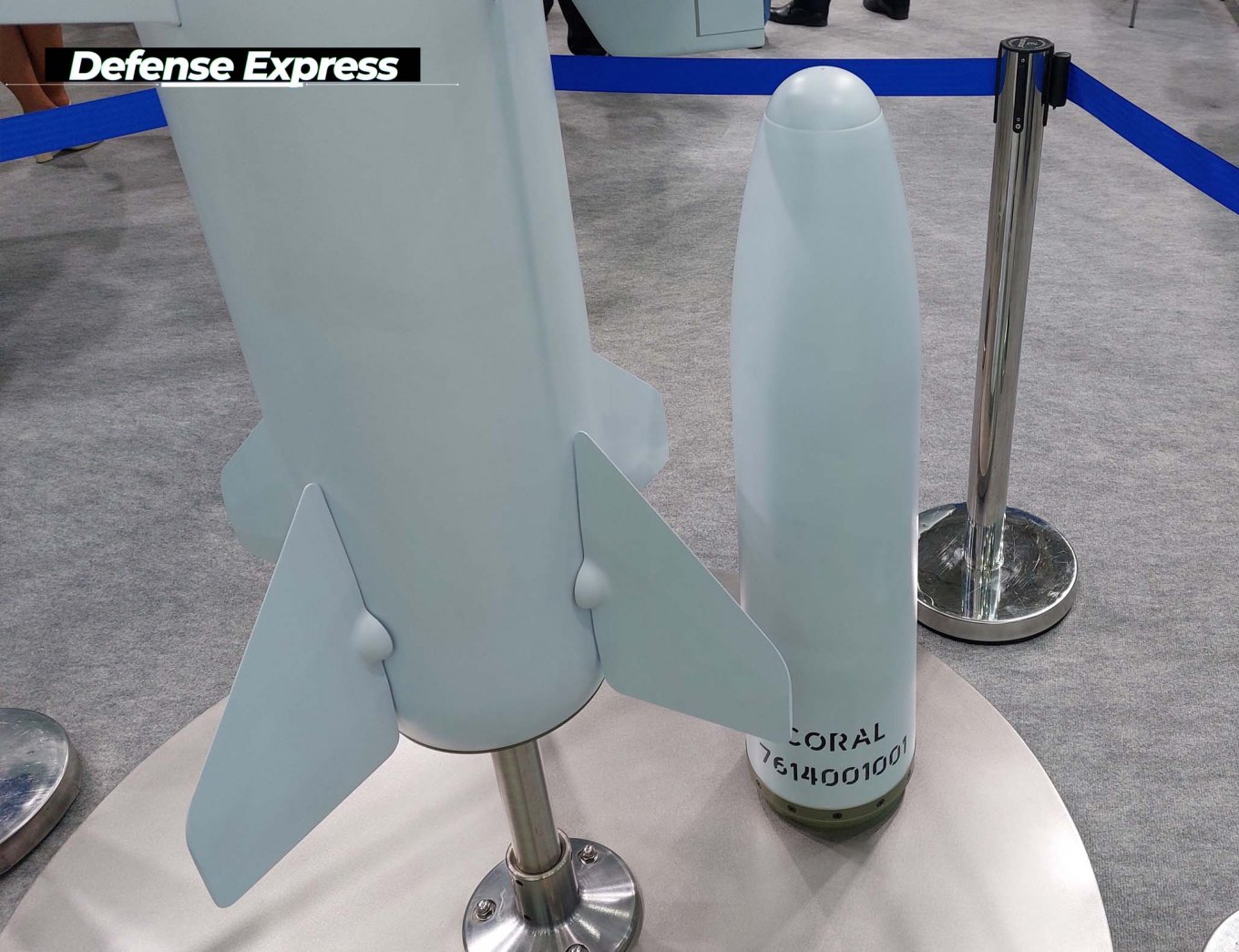
The hull for the first ship in the Ada series is slated to be completed before April 2022 and delivered to Ukraine with select systems and equipment before the end of 2022 so to enable testing and commissioning to commence in 2023.

Chief commander for the Ukrainian Navy, Rear Admiral Neizhpapa said earlier that Ada-class corvettes would serve the purpose of “providing air defense for tactical naval groupings’. “We are hopeful that by 2024 Ukraine’s Navy will have in its fleet its first tactical grouping comprised of several missile ships (which we are looking to construct with assistance from our British partners) and a corvette-class warship,” he said.
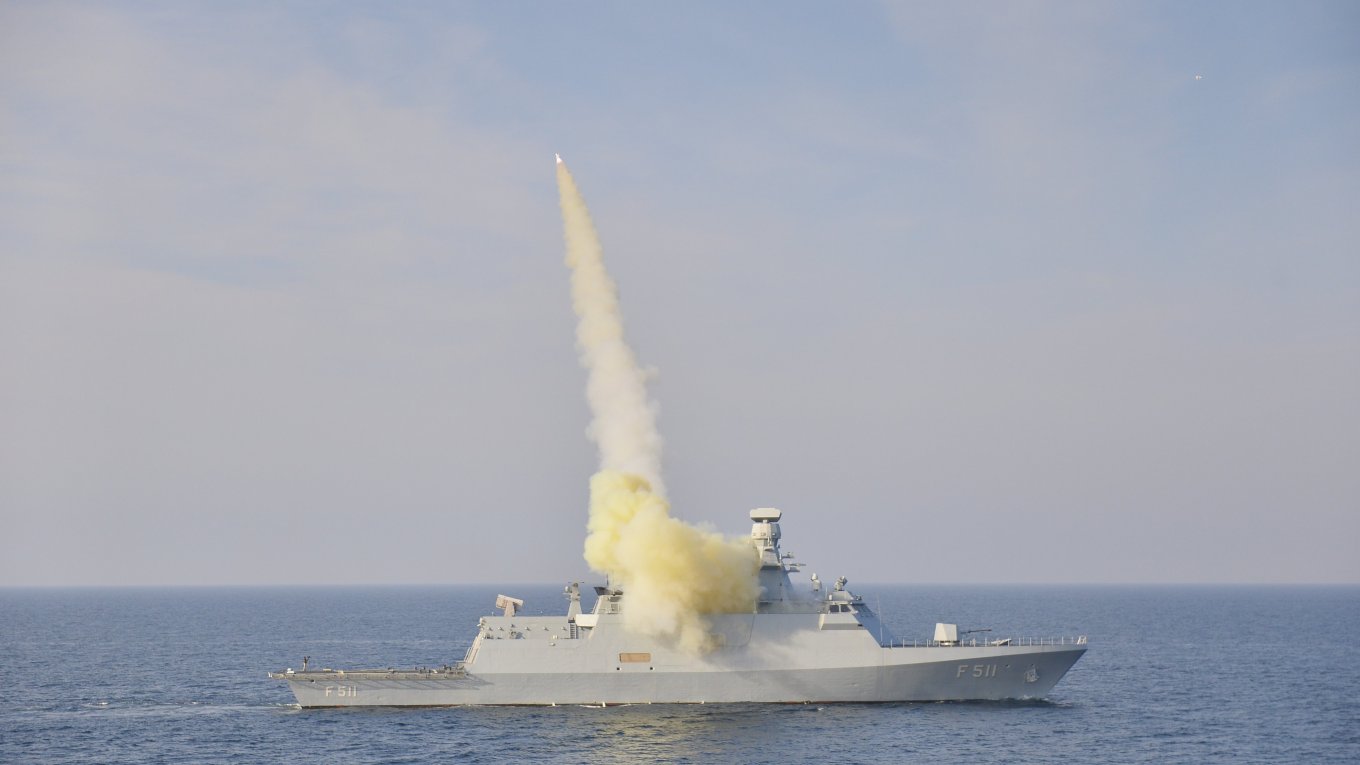
Read more: Main contract for Turkey-Ukrainian corvettes "due by April"













